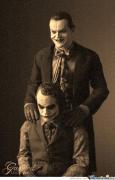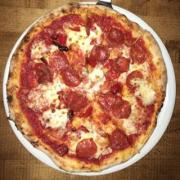If you want to push your limits, HF scoring is a great motivator. I got bored with 3 Gun because time plus scoring rewards the extremes of hosing or accuracy.
If you want to add more “real world” to your HF drills, put in more no-shoots. That will motivate you to “get your hits”, and to know your limits too.




 Reply With Quote
Reply With Quote






